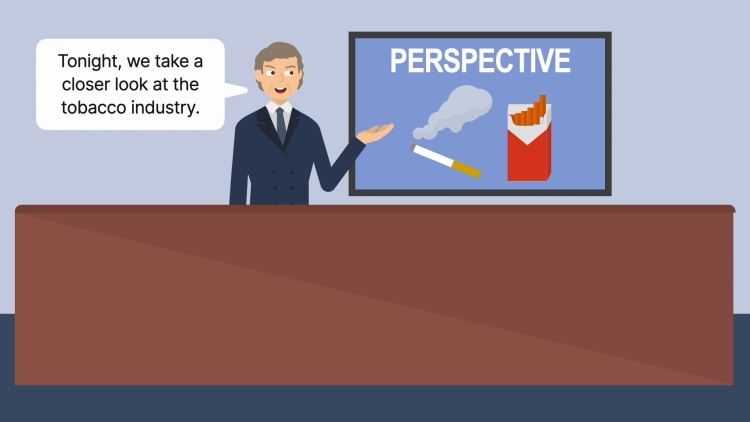Brown & Williamson Tobacco Corp. v. Jacobson
United States Court of Appeals for the Seventh Circuit
713 F.2d 262 (1983)
- Written by Megan Petersen, JD
Facts
Brown & Williamson Tobacco Corp. (Brown) (plaintiff) is a manufacturer of Viceroy cigarettes. Walter Jacobson (defendant) is a news commentator for WBBM-TV, a Chicago television station owned by CBS (defendant). In 1975, an advertising firm came up with its “Kennan plan” to sell Viceroys to young people by marketing them in the same category as other “vices” such as wine, beer, shaving, “wearing a bra, or purposely not wearing one.” Brown rejected this advertising idea and chose not to pursue the Kennan plan of advertising. Years later, the Federal Trade Commission (FTC) conducted a study of cigarette advertising. It issued a report suggesting that Brown adopted the Kennan plan as a strategy to market its cigarettes to young people by advertising them as part of a general hedonistic lifestyle. In 1981, a reporter from WBBM-TV called Brown and said he was putting together a story on cigarette advertising for a news program hosted by Walter Jacobson. When asked to comment on the FTC report, a Brown executive said his company rejected the Kennan plan of advertising. However, the Jacobson news program ran the story and included a summary of the FTC’s report. The result of this was an overall suggestion that Brown marketed its cigarettes to children under the Kennan plan. Brown brought suit against Jacobson and CBS for libel. The trial court issued judgment for Jacobson and CBS, and Brown appealed.
Rule of Law
Issue
Holding and Reasoning (Posner, J.)
What to do next…
Here's why 899,000 law students have relied on our case briefs:
- Written by law professors and practitioners, not other law students. 47,000 briefs, keyed to 994 casebooks. Top-notch customer support.
- The right amount of information, includes the facts, issues, rule of law, holding and reasoning, and any concurrences and dissents.
- Access in your classes, works on your mobile and tablet. Massive library of related video lessons and high quality multiple-choice questions.
- Easy to use, uniform format for every case brief. Written in plain English, not in legalese. Our briefs summarize and simplify; they don’t just repeat the court’s language.





